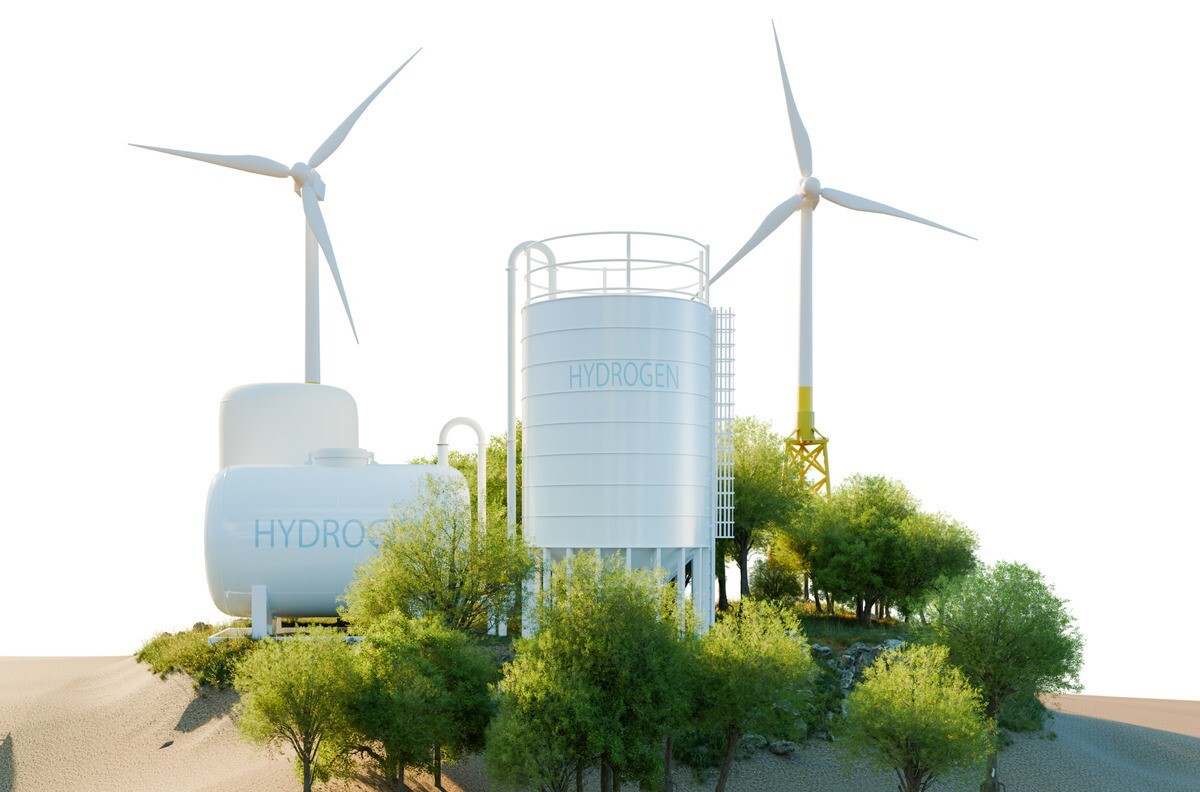

In a serendipitous turn of events, French scientists have uncovered what is believed to be the world’s largest deposit of natural, or ‘white’, hydrogen beneath the Lorraine region. This monumental discovery holds the potential to revolutionise the global energy landscape, positioning France at the vanguard of the burgeoning hydrogen economy.

Image for referential purposes only
The revelation emerged during research conducted by the GeoRessources laboratory and the French National Centre for Scientific Research (CNRS).
A massive reserve of natural hydrogen was found beneath Folschviller’s soil in the Moselle region. The finding is being praised as a game-changing juncture in the clean-energy resolution.
As per a recently released report, researchers from the GeoRessources laboratory and the CNRS came across an unexpected breakthrough while scouring for methane, unearthing a humungous natural hydrogen deposit 1,250 metres underground. This discovery is monumental, as it holds over half of the world’s annual grey hydrogen production without carbon emissions.
In 2022, hydrogen contributed towards even less than 2 per cent of European power consumption and was used mainly to beget chemical derivatives, such as plastics and fertilisers. The 96 per cent of this hydrogen was yielded from natural gas processing, resulting in significant amounts of CO2 emissions.
In the recent times, the emphasis for the EU has been to generate renewable hydrogen. The REPowerEU Strategy of 2022 sought to produce 10 million tonnes and import 10 million tonnes by 2030. By 2050, renewable hydrogen will sheathe around 10 per cent of the EU’s energy requirements, particularly decarbonising energy-intensive industrial processes such as aluminium and derivative manufacturing coupled with the transport sector. Hydrogen marks a key component in the EU’s strategy for the energy transition, net-zero, and sustainable growth.
 Events
Events
 e-Magazines
e-Magazines
 Reports
Reports



Responses






